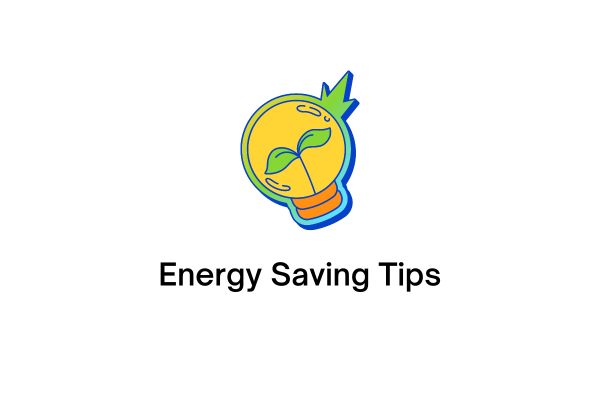Energy Saving Tips – Energy is an irreplaceable source of life for humans and the surrounding environment. However, how you utilize them can make a big difference. Amid concerns about the energy crisis and the negative impacts of climate change, it is important to direct attention to behavior that uses energy for useful things. The following are examples of energy saving tips and behavior that utilize energy for useful things.
It is important to know that this not only reduces negative impacts on the environment, but also improves the quality of life and sustainability of the earth. For those who are curious, the following will be discussed in full.
Daftar Isi
1. Turn on the water tap as needed
The first example of energy saving tips is a behavior that uses energy for useful things is turning on the water tap as needed. Water misuse is a serious problem in many parts of the world.
By turning on the water tap only when needed, users can reduce the waste of precious water as well as the energy required to pump and provide clean water.
The water pumping process often requires electrical energy or fuel, depending on the water source. By reducing unnecessary water consumption, users also indirectly reduce energy use associated with providing clean water.
2. Open the Windows during the Day
Opening windows during the day is a simple way to optimize energy use in a home or building. By utilizing natural light and good air circulation, users can reduce dependence on electric lights and air conditioning. This not only saves energy, but also reduces the user’s electricity bill and carbon footprint.
In addition, sunlight also has health benefits, helping to improve mood and productivity.
3. Use lights and electronic devices as necessary
In this modern era, users often depend on lights, televisions, computers and other electronic devices in their daily lives. However, excessive or inefficient use of these devices can cause significant energy waste.
By using lights and electronic devices only when needed, and turning them off when not in use, users can reduce unnecessary energy consumption. In addition, using energy-saving devices such as LED lights can also help optimize energy use.
4. Choose to use energy from renewable sources
Global dependence on fossil fuels has become a pressing environmental problem. Shifting users’ attention from fossil fuels to renewable energy sources such as solar power, wind power and hydroelectric power is an important step in reducing greenhouse gas emissions and mitigating climate change.
Apart from that, renewable energy is also more sustainable in the long term because the sources are unlimited and more environmentally friendly.
5. Go to school by bicycle
Transportation is one of the largest sectors in terms of energy consumption and greenhouse gas emissions. Using a bicycle as a means of daily transportation not only reduces air pollution and exhaust emissions, but also improves health and physical fitness.
This is an example of how to harness human energy for daily activities that directly benefit individuals and the environment.
6. Using heat energy to dry clothes
Conventional clothes dryers are a large contributor to household energy consumption. Using heat energy from the sun to dry clothes is an environmentally friendly and cost-effective alternative.
This not only reduces energy consumption, but also helps extend the life of clothes due to gentler natural drying.
7. Using electrical energy to light the lights
The use of electrical energy for lights is a basic need in everyday life. However, by using energy-saving lights such as LED lights and turning them off when not in use, users can optimize the use of electrical energy.
Additionally, investing in efficient lighting technology can help reduce long-term energy costs.
8. Using energy from electric fuel for cars
Transportation is one of the main sources of greenhouse gas emissions. However, by choosing a car that is efficient in terms of fuel consumption or even an electric car, users can reduce exhaust emissions and dependence on fossil fuels.
Apart from that, the use of shared motorized vehicles and prioritizing public transportation is also an important step in optimizing energy use in transportation.
That is an explanation of examples of behavior that utilize energy for useful things. In the explanation above there are eight examples that can be applied in everyday life.
